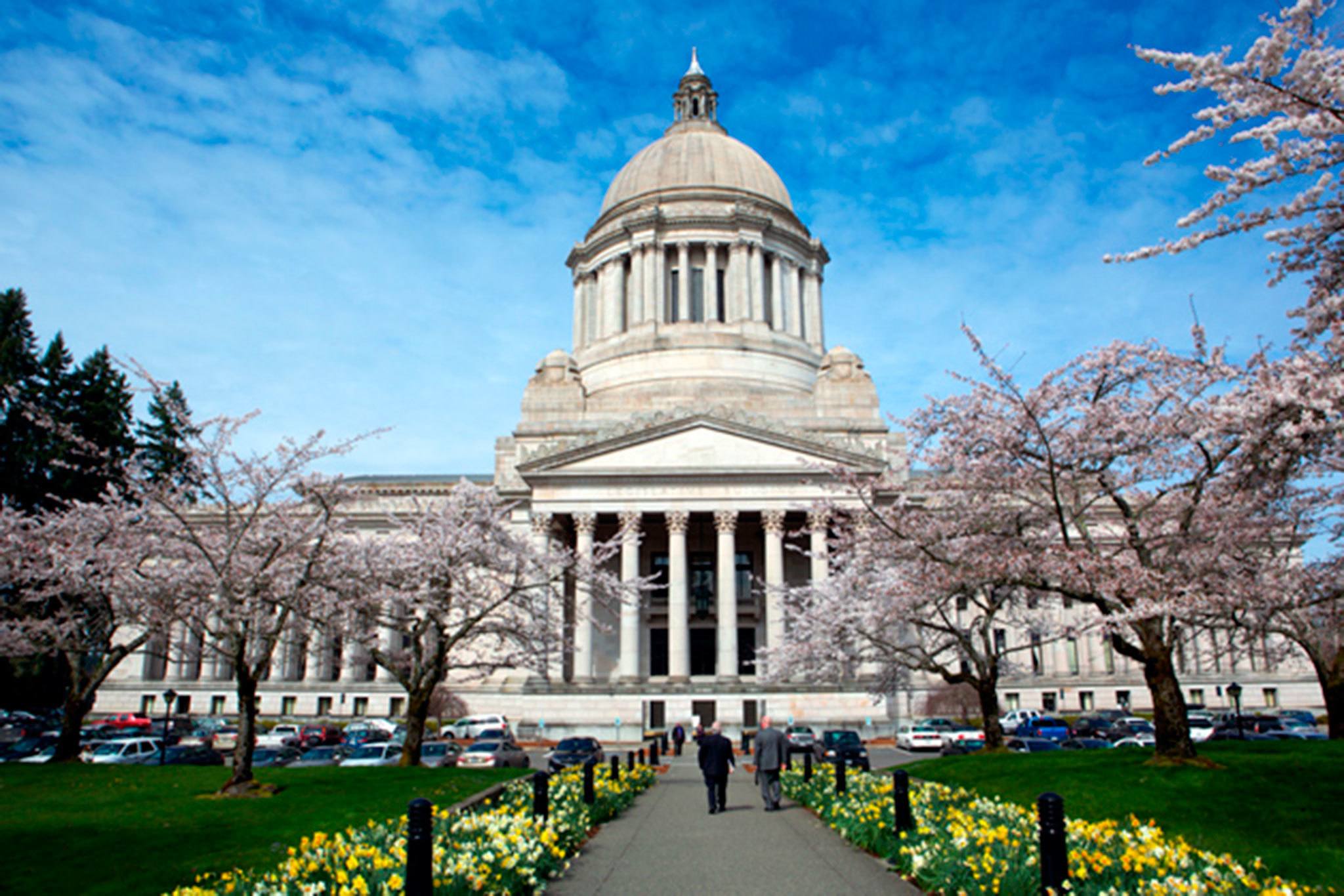OLYMPIA Talk of levy lids, caps, cliffs and equalization can get confusing, fast. Here’s some shorthand to help understand these funding sources at the heart of Washington state’s education budgets.
Currently school districts may raise up to 28 percent of their Maintenance and Operating (M&O) costs through voter-approved local property taxes. M&O costs do not include teacher salaries. This 28 percent cap is referred to as a levy lid. The state sets this levy limit for districts statewide. The majority of funding for local schools comes from the federal and state governments.
The present levy limit drops to 24 percent in the 2017-2018 school year. In 2010, HB 2893 temporarily raised the levy lid from 24 percent to 28 percent, expiring in calendar year 2018, allowing local school districts to meet their individual funding needs while the Legislature continued to search for the means to fund basic education statewide as mandated by the Washington Supreme Court in its McCleary decision of 2012.
Proposed education budgets from the House Democrats, Senate Republicans, and Gov. Jay Inslee would delay the “levy cliff” —the drop from 28 to 24 percent — by one year, which would mean school districts may continue to raise 28 percent of their local revenue with local property taxes through 2019.
Levy lids were implemented in response to the 1977 Doran Decision, in which the Seattle School District sued the state after local levies didn’t receive enough voter support. Seattle School District was faced with a levy cliff, which occurs when levy rates are lowered without alternative sources of funding in place.
A levy cliff may leave districts unable to pay for education expenses, which could lead to teacher dismissals, program cuts and students without access to resources.
Thurston County Superior Court Judge Robert Doran determined that the state wasn’t fulfilling its constitutional duty to fund basic education. This decision was later upheld by the Washington State Supreme Court.
Key legal principles were formed in the Doran decision that continue to impact education funding today. Basic education was established as the “paramount duty” of the state, meaning that funding basic education is the state’s first financial priority.
The court also mandated that the Legislature define and fund basic education through a reliable source instead of voter-approved levies. Prior to the Doran Decision, there were no caps on how much money a school district could raise from local levies.
The Legislature increased state funding for basic education and implemented the 1977 Levy Lid Act, which limited most district levies to 10 percent of their basic education revenues.
Districts heavily reliant on local levies didn’t want to lose funding when lowering to the newly imposed levy lid, so these were permitted to maintain a levy lid above 10 percent until 1982, which is known as grandfathering.
However, the plan to lower the lid of grandfathered districts to 10 percent never transpired. Although the Legislature has made efforts to reduce the number of grandfathered districts, 90 of 295 districts in the state currently have levy lids above the 28 percent cap.
The Legislature approved a Local Effort Assistance (LEA) program in 1987, which essentially provides districts with low property values, and thus a limited tax base, additional revenue to meet their budget needs. LEA is essentially Levy Equalization. Districts with a tax rate above the statewide average qualify for this additional funding. Typically, rural districts have lower property values, meaning taxpayers pay higher property taxes. Raising enough dollars to finance their education systems thus poses more of a challenge for smaller districts, which is why the state steps in with additional revenue.
The state may provide up to half of a district’s levy funds when the district is eligible for LEA. This means the state could pay up to 14 percent of the district’s 28 percent levy. Currently 217 districts are eligible for LEA.
Today history is, in a sense, repeating itself and the state is facing a similar basic education funding issue. In the 2012 McCleary Decision, the Washington Supreme Court determined that the state was failing to fund basic education. The court mandated the Legislature fully implement a basic education program to satisfy this constitutional duty by Sept. 1, 2018.
In 2015, the Court was unsatisfied with the Legislature’s progress toward completing a basic education-funding plan and imposed a $100,000 per day fine on the state. So far that daily fine exceeds $55 million. The Court has held that the final penalty amount will go toward basic education.
This legislative session, lawmakers must reach the basic education funding solution or potentially face additional undetermined Court sanctions. The Legislature’s regular session ends April 23. The governor may convene a special session beyond the adjournment date to consider specifically defined legislative proposals, such as education funding and the 2017-2019 biennial budget as needed.
Grace Swanson is a reporter with the WNPA Olympia News Bureau.
This story is part of a series of news reports from the Washington State Legislature provided through a reporting internship sponsored by the Washington Newspaper Publishers Association Foundation. Reach reporter Grace Swanson at grace.swanson47@gmail.com.



